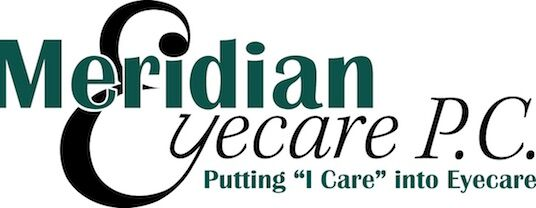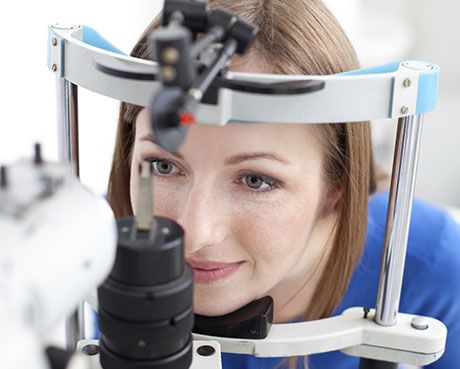Optometric Vision Therapy is a treatment plan used to correct or improve specific dysfunctions of the vision system. It includes, but is not limited to, the treatment of strabismus, amblyopia, accommodation, ocular motor function and visual-perceptual-motor abilities.
What Does Vision Therapy Do?
Optometric Vision Therapy works on the development of visual skills, some of which are:
- The ability to follow a moving object smoothly, accurately, and effortlessly with both eyes and at the same time think, talk, read, or listen without losing alignment of eyes. This pursuit ability is used to follow a ball or a person, to guide a pencil while writing, to read symbols on moving objects, etc.
- The ability to aim the eyes on a series of stationary objects quickly, with both eyes, and at the same time know what each object is. This is a skill used to read words from left to right, add columns of numbers, read maps, etc.
- The ability to change focus quickly, without blur, from far to near and from near to far, over and over, effortlessly and at the same time look for meaning and obtain understanding from the symbols or objects seen. This ability is used to copy from the chalkboard, to watch the road ahead and check the speedometer, to read a book or watch TV from across the room, etc.
- The ability to team two eyes together. This skill should work so well that no interference exists between the two eyes that can result in having to suppress or mentally block information from one eye or the other. This shutting off of information to one eye lowers understanding and speed, increases fatigue and distractibility, and shortens attention span. Proper teaming permits vision to emerge and learning to occur.
- The ability to see over a large area (in the periphery) while pointing the eyes straight ahead. For safety, self-confidence and rapid reading, a person needs to see "the big picture". This skill aids the ability to know easily where they are on a page while reading and to take in large amounts of information, (i.e., a large number of words) per look.
- The ability to see and know (recognize) in a short look. Efficient vision is dependent on the ability to see rapidly, to see and know an object, people or words in a very small fraction of a second. The less time required to see, the faster the reading and thinking.
- The ability to see in depth. A child should be able to throw a bean bag into a hat 10 feet away, to judge the visual distance and control the arm movements needed. An adult needs to see and judge how far it is to the curb, make accurate decisions about the speed and distances of other cars to be safe.



